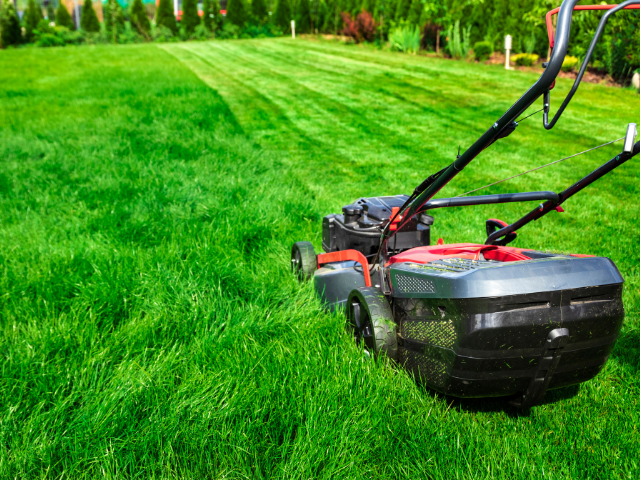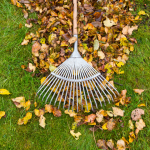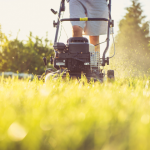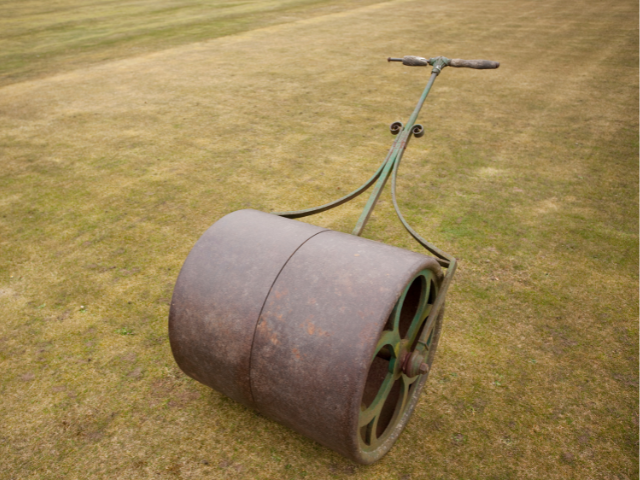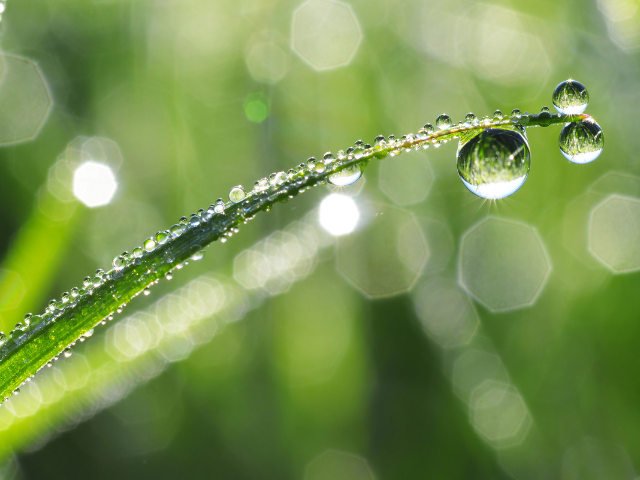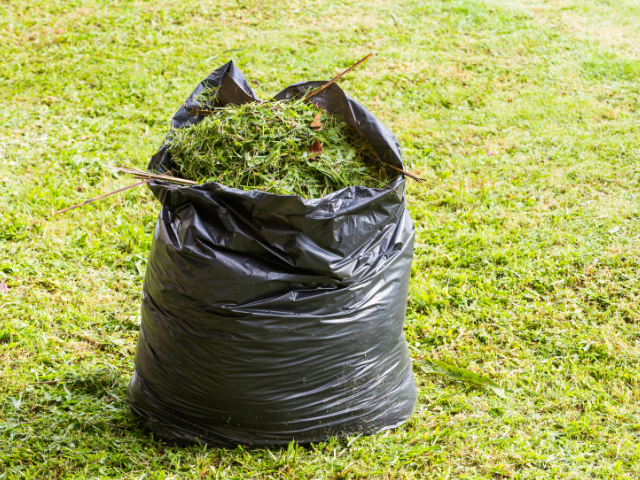Lawn mowing can be a daunting task. It seems simple enough, but there are many things to consider when mowing your lawn. In this guide, we will walk you through the process of lawn mowing, from start to finish. We will discuss the different stages of lawn growth, and provide tips on how to mow your lawn properly. We will also talk about when is the best time to mow your lawn, and how to deal with common problems like clippings and unevenness.
How to Mow a Lawn
Lawn mowing can be a daunting task, but it doesn’t have to be. With a little bit of planning and preparation, you can easily achieve a beautiful, well-manicured lawn. Here are the basics of how to mow a lawn:
The first step is to determine the ideal height for your lawn. This will vary depending on the type of grass you have, as well as the climate in which you live. Once you know the ideal height, you can begin mowing.
Start by mowing the perimeter of your lawn first. Then, work your way inwards in straight lines. Be sure to overlap each row slightly so that you don’t miss any spots.
When you’re finished mowing, it’s important to clean up your equipment. This includes removing any clippings from the blades and wheels, as well as emptying the bag or catcher. By following these simple steps, you can easily achieve a beautiful lawn that you can be proud of.
When to Mow the Lawn
The best time to mow your lawn is in the early morning hours before the sun gets too hot. This allows the grass to recover from being cut and prevents it from wilting in the heat of the day. Mowing in the evening can also be done, but it’s important to make sure that the grass is completely dry before doing so to avoid damaging the blades.
How Often to Mow the Lawn
It’s generally recommended that you mow your lawn once a week, but this can vary depending on the type of grass and the climate in your area. In the summer months, you may need to mow more often to keep the grass from getting too long.
If you live in an area with a lot of rainfall, you may need to mow more often to prevent the grass from getting too long and soggy. If you live in a dry climate, you can probably get away with mowing every other week.
The best way to figure out how often to mow your lawn is to simply keep an eye on it and mow when it starts to look like it needs it. If you let the grass get too long, it will be more difficult to mow and may start to look unkempt.
How Tall to Cut Your Grass
One of the most important things to know about lawn mowing is how to adjust your mower settings for different stages of grass growth. For example, when your grass is first starting to grow in the spring, you’ll want to set your mower blade a bit higher than usual. This will help prevent damage to new growth.
As your grass continues to grow, you can gradually lower the blade setting. Just be sure to never cut more than one-third of the grass height at a time. Doing so can stress the grass and make it more susceptible to disease.
How tall you cut your grass depends on the type of grass you have. If you have cool-season grass, like bluegrass or fescue, you should cut it to about two and a half inches. If you have warm-season grass, like Bermuda or St. Augustine, you can cut it a little shorter, to about one and a half inches.
FAQs About Lawn Mowing
What should you not do when mowing?
There are a few things you should avoid doing when mowing your lawn:
- Don’t mow when the grass is wet. Wet grass can clump and stick to the blades of your mower, which can dull the blades and make it more difficult to mow.
- Avoid cutting the grass too short. This can damage the grass and make it more susceptible to disease.
- Don’t leave grass clippings on the lawn. Grass clippings can smother the grass and prevent it from getting the sunlight and air it needs to stay healthy.
Is it good to mow before rains?
It is good to mow your lawn before rains if the grass is longer than usual. It helps reduce puddles and mud, and also provides a cleaner look for your lawn. If the grass is too short, however, it can actually make things worse by allowing water to pool on the surface of the soil.
Should you water after mowing?
It is a good idea to water your lawn after mowing, especially if it is hot outside. This will help the grass recover from the stress of being cut and will also keep the soil moist so that it doesn’t dry out and form cracks.
